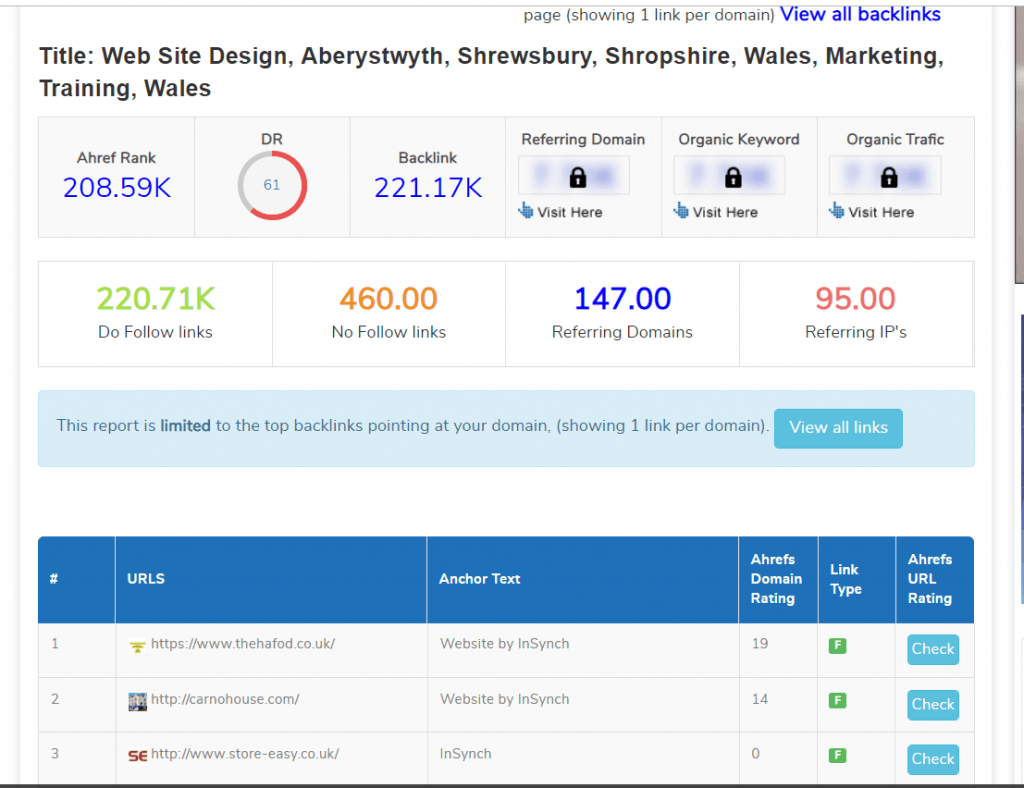If you were to go back 10 years and ask a member of the public: “Do you have a social media account” they most likely would’ve responded with: “A what?”
Such has been the rise of social media that it is now an essential part of many people’s lives. 10 years might not be that long a period of time in the grand scheme of things but the rise in people who use social media has been astronomical due to networks such as Facebook, Twitter and sites like MySpace and Bebo in the earlier days. For example, in 2005, Facebook had 1 million monthly users, in 2006 – 6 million and so on it grew year-by-year. Fast-forward 10 years to the first-quarter of 2016 and that number had risen to 1.654 billion users!
In this article I will be taking a look at the evolution of social media and specifically young people’s use of it.
It all began in March 2002 when a new site called “Friendster” was launched. It allowed users to contact other members, maintain those contacts, and share online content and media with those contacts. Many believe this site to be the grand-daddy of social networks which then spawned the release of the more successful sites such as MySpace in August 2003. From 2005 to 2008 MySpace was the dominant social network until Facebook took over and became the most visited and used social network in the world, a position it retains to this day. There are hundreds of social networks that are now chasing Facebook, some of which are owned by Facebook themselves. 2nd and 3rd place are WhatsApp and Facebook messenger with 1 billion and 900 million active users respectively, both of which are owned by Facebook. Other known popular networks include Tumblr, Instagram and Twitter etc. This begs the question: “Why do so many people use them?” and specific to this article “How do the younger generation use them?”
According to wersm.com the 5 main reasons we use social networks are:
- To stay in touch with what friends are doing
- To stay up-to-date with news and current events
- To fill up spare time
- To find funny or entertaining content
- To share opinions
According to the latest statistics, 90% of 18-29 year olds use social media and are by far the most likely demographic to do so.
As a “young person” myself I have first-hand experience of social media and how it’s used amongst the younger generation. In my opinion, the basic use of social media hasn’t much changed since its beginnings; interacting and communicating with friends and acquaintances is still its main purpose in my opinion. I concur with the list above as they are very similar to my thoughts, although I would rank “To share opinions” higher as I feel many young people find it hard to have their voices heard. Social media is a great way to express opinions and debate with other users, Twitter being the best site for this in my opinion.
When assessing why sites like Facebook are so popular, I think that the way they create a sense of community makes the experience feel more personal. By being “friends” with your friends and “liking” pages that interest you, Facebook can change its advertisements and interface to suit you and better your experience on the site. This is something that has always been true and will continue to be true of Facebook and social media in general in my opinion; it’s the individual experience that sells a site to a user. This is possibly where others went wrong; not adapting to new technology and ideas.
The way young people use social media has evolved with social media itself, whether that be through adopting the newer networks such as Instagram, Snapchat and Facebook Messenger or by leaving other networks behind because others have taken their place i.e. Bebo, MySpace and BBM. Whereas social media used to be centred on the interaction with others and little self-expression, this has changed to date. Instagram is a prime example of this change, being a site to solely post pictures of yourself and your life to your followers. Many thought Instagram was a peculiar purchase by Facebook in 2012, but it has grown into the one of the most popular and fastest-growing websites in the world: its monthly users quadrupling from 100m in Feb 2013 to 500m in Jun 2016. The Social Media community is very progressive, meaning if a site misses a trick in being up to date it can quickly be left behind. It’s very much a dog eat dog world.
What next then for social media and social networks? 2015 was a record-breaking year for social media sites. Every year, almost 200 million people are signing up, and by 2016, it is expected that there we will reach two billion social media users worldwide. Networks will continue to battle to be the most trafficked and most up to date, with Facebook expected to retain its spot as number 1 for years to come. The phrase “too big to fail” comes to mind, but in such an unpredictable world as this anything can happen.
Owain Evans
photo credit: Как да използваме силата на хаштаговете в маркетинга за социални медии. Полезна статия от +Jeff Bu… via photopin (license)




